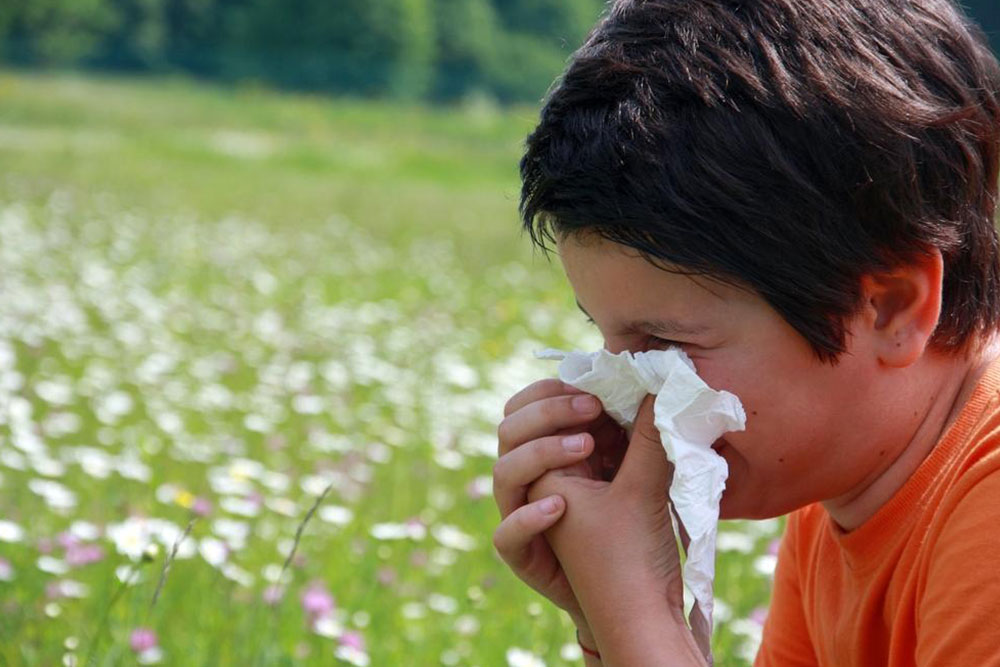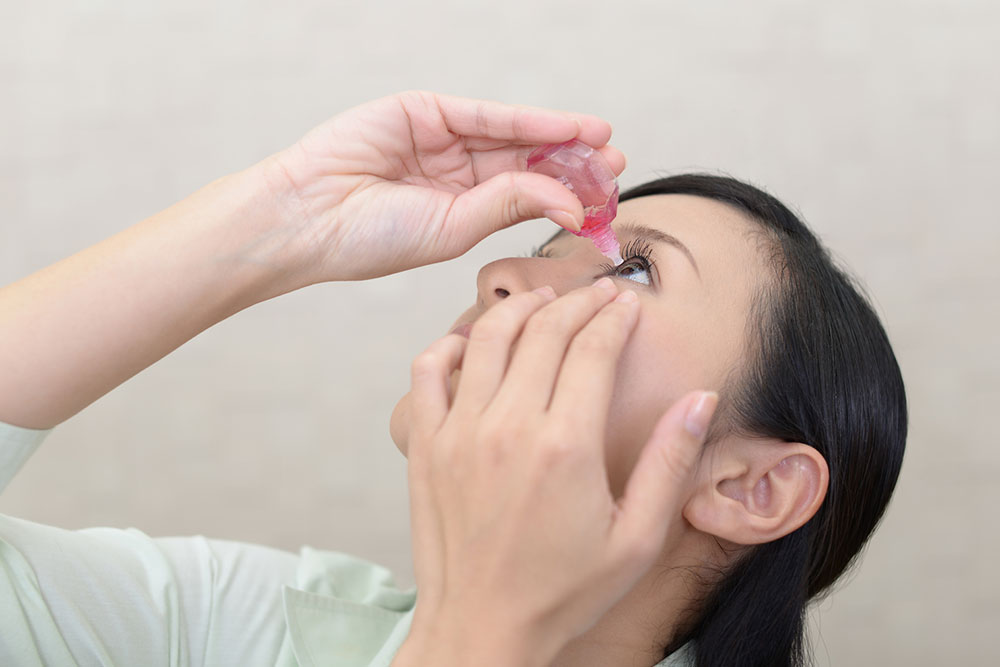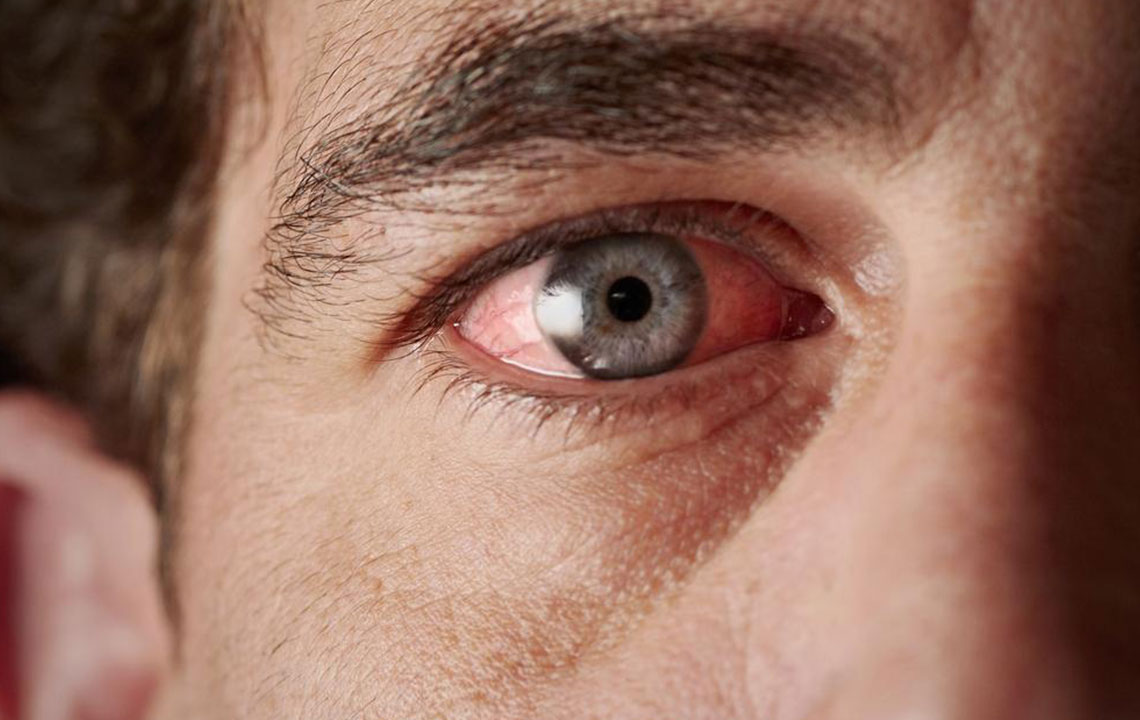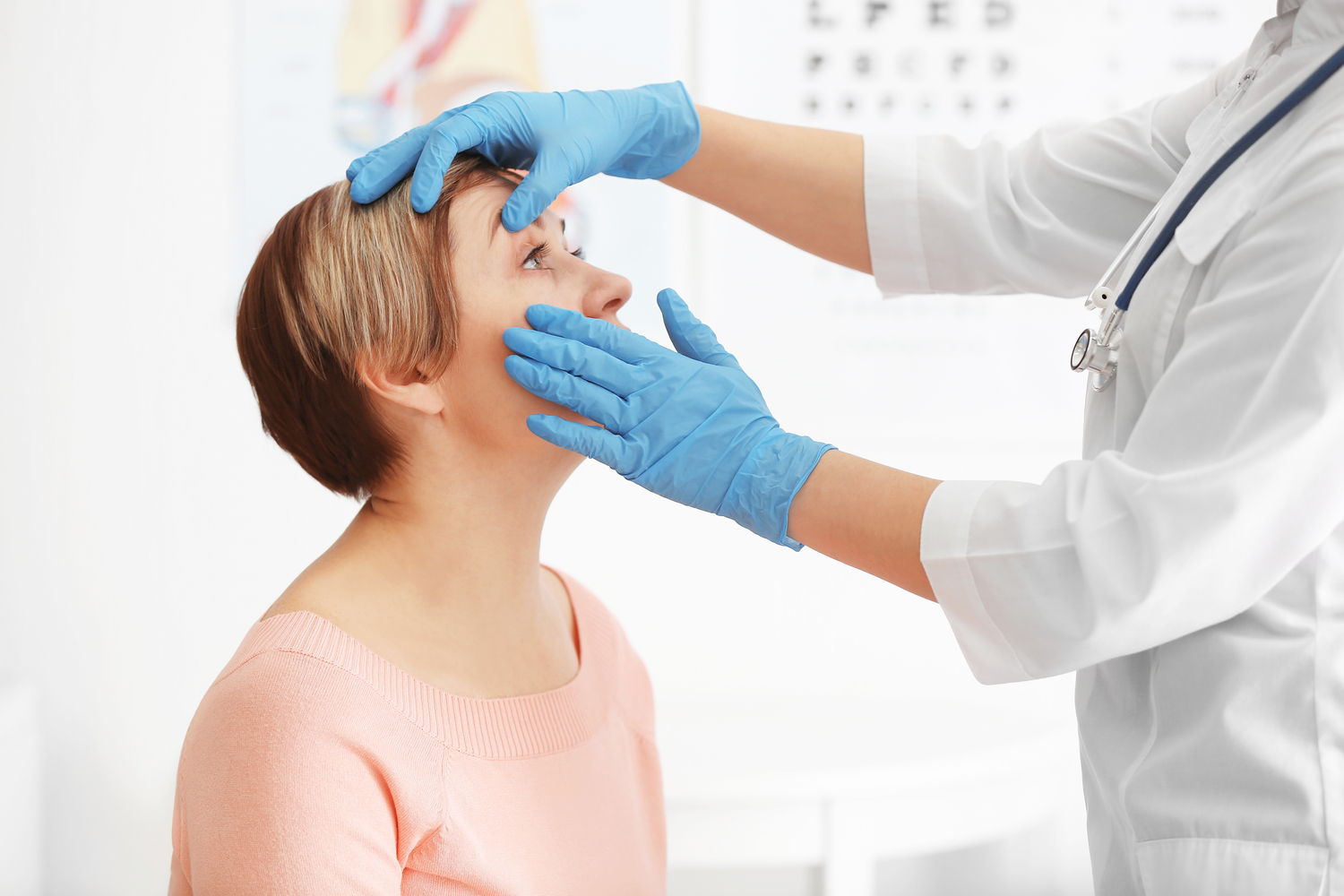Comprehensive Guide to Understanding and Managing Excessive Eye Watering
Excessive eye watering, or epiphora, can be caused by blocked tear ducts, overproduction of tears, infections, allergies, or systemic health issues. This comprehensive guide explores causes, symptoms, diagnosis, and various treatment options, including surgical procedures and home remedies. Understanding the root cause is essential for effective management and symptom relief. Preventive tips focus on reducing irritants and maintaining ocular hygiene, helping to protect eye health and prevent chronic tearing. Consult healthcare professionals for persistent or severe cases to avoid complications and restore comfort.

Understanding Causes and Effective Remedies for Excessive Eye Watering
Tears play an essential role in maintaining healthy eyes by providing lubrication, nourishing the cornea, and serving as a defense mechanism against environmental irritants. However, for some individuals, tears can become excessive, leading to a condition commonly known as watery eyes or epiphora. This condition can significantly impact daily life, causing discomfort, blurred vision, and social embarrassment. While sometimes a temporary issue, persistent watery eyes warrant thorough investigation and appropriate treatment.
Watery eyes, medically referred to as epiphora, can affect individuals across all age groups, from infants to the elderly. Understanding the underlying causes, whether temporary or chronic, is vital for effective management. Excessive tearing may stem from various factors, including anatomical issues, irritants, infections, allergies, or systemic health conditions. Accurate diagnosis helps in selecting the appropriate treatment strategy, ultimately improving comfort and eye health.
Primary Causes of Excessive Tears
The common causes of watery eyes generally fall into two categories: structural blockages within the tear drainage system and overproduction of tears as a response to irritation or external stimuli.
Blocked Tear Ducts (Ectropion, Stenosis)
One of the leading causes of watery eyes is a blockage or narrowing of the tear ducts. The tear drainage system comprises small channels called puncta, canaliculi, sac, and nasolacrimal duct, which collectively drain tears from the eyes into the nose. Any obstruction along this pathway can lead to tear accumulation on the surface of the eye, resulting in excessive watering. Infections or inflammation of the tear sac (dacryocystitis) can further exacerbate the condition, sometimes causing swelling near the inner corners of the eyes. Swelling and inflammation may also extend to nearby regions like the nose, mimicking sinus infections.
Overproduction of Tears
People often experience increased tear production as a natural response to irritants or foreign bodies entering the eye. This reaction aims to flush out the irritant and protect the ocular surface but can sometimes become excessive, overwhelming the drainage system. Common triggers for increased tear production include environmental factors, infections, allergies, and physical injuries. When foreign objects, dust, smoke, or chemical irritants come into contact with the eyes, tear glands produce more fluid to wash away the offending agents. In some cases, inflammation of the eyelids or conjunctiva (conjunctivitis) and eyelid malpositions can lead to persistent irritation, prompting continuous excess tearing.
Other causes and related factors include:
Eye infections such as conjunctivitis (pink eye) and keratitis
Blepharitis, an inflammation of eyelid margins
Ingrown eyelashes (trichiasis) or eyelashes turned inward
Eyelid malpositions like ectropion (outward turning) or entropion (inward turning)
Respiratory illnesses such as cold, flu, or hay fever
Chronic conditions like dry eye syndrome, which paradoxically can cause reflex tearing
Eye burns and injuries that damage the tear pathway
Beyond local ocular causes, systemic health issues also contribute to watery eyes, including:
Chronic sinusitis and nasal congestion
Facial nerve palsy affecting eyelid function
Autoimmune diseases such as rheumatoid arthritis
Thyroid abnormalities like Graves’ disease
Rare tumors affecting the tear drainage anatomy
Previous radiation therapy to facial or eye regions
Other inflammatory or systemic conditions
Effective Treatment Methods
Managing watery eyes depends significantly on identifying the root cause. Mild cases or temporary episodes may improve on their own or respond well to conservative measures. More persistent or severe cases often require medical interventions, which can be surgical or nonsurgical.
Treatment for Blocked Tear Ducts
When the tear duct is obstructed, surgical procedures like dacryocystorhinostomy (DCR) can be performed. This operation creates a new passageway between the tear sac and the nasal cavity, bypassing the blockage and restoring proper tear drainage. The procedure is minimally invasive, often performed under local anesthesia, and has a high success rate in relieving symptoms.
Correction of Eyelid Malpositions
Persistent eyelid malpositions such as ectropion or entropion can be corrected surgically. Restoring the eyelid's normal position helps prevent tear drainage issues and reduces irritation.
Removal of Ingrown or Abnormal Eyelashes
In cases where eyelashes grow inward or irritate the eye, procedures to remove or straighten lashes can significantly alleviate symptoms.
Probing and Widening of Tear Drainage Pathways
Non-invasive probing or surgical dilation can help open narrowed or blocked tear ducts, aiding proper tear flow.
In addition to surgical options, several home remedies and lifestyle modifications can help manage mild cases of watery eyes:
Frequent rest and minimizing screen time to reduce eye strain
Regular use of preservative-free lubricating eye drops to soothe irritation
Applying warm compresses to stimulate tear drainage and reduce congestion
Gently massaging the eyelids and tear sac area to promote flow
Maintaining excellent eye hygiene, especially during contagious infections like conjunctivitis
If symptoms persist, worsen, or are accompanied by pain, redness, or vision changes, seeking prompt medical consultation is crucial for further evaluation and appropriate treatment. Left untreated, chronic tearing can lead to secondary infections and damage to the eye tissues.
Preventive Measures to Reduce Excessive Tears
Avoid known allergens and irritants such as pollen, dust, and chemical fumes
Wear protective eyewear during outdoor activities and hazardous environments
Refrain from rubbing or touching the eyes excessively to avoid introducing irritants or causing injury
Maintain good eyelid and facial hygiene, especially during cold and allergy seasons
Address underlying health conditions promptly with medical supervision





